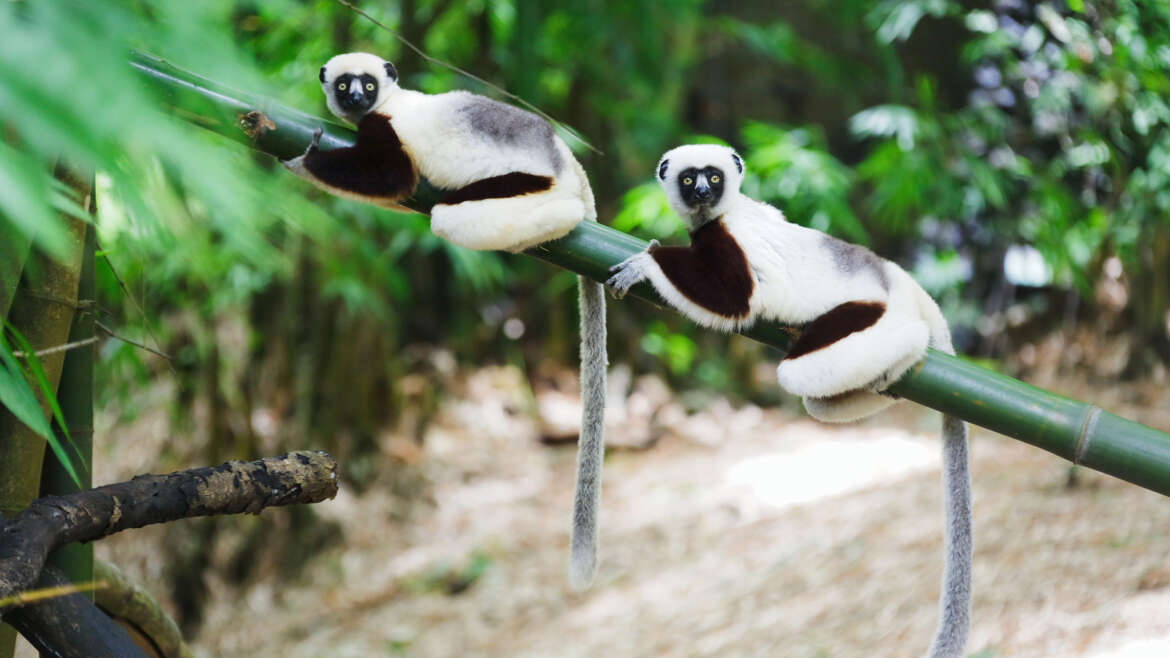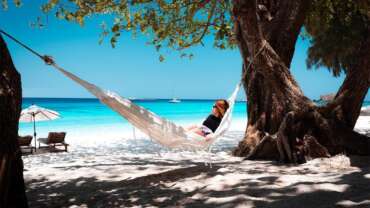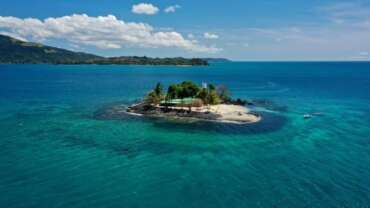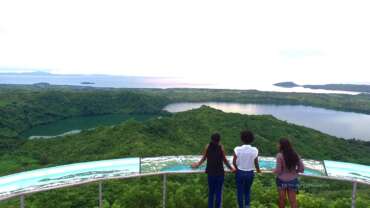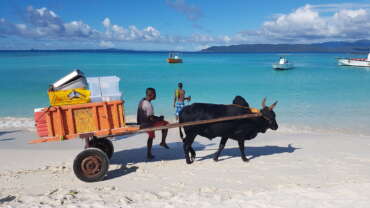Best National Parks of Madagascar
Madagascar has many protected national parks and nature reserves. Accompanied by a local guide, you will discover the wild nature of Madagascar. A large choice of visiting are proposed for a day trip or a several-days trip are available. Go to meet completely different landscapes and all more fabulous than each other. The parks of Madagascar offer you an extraordinary trip and a dip in an exceptional wilderness.
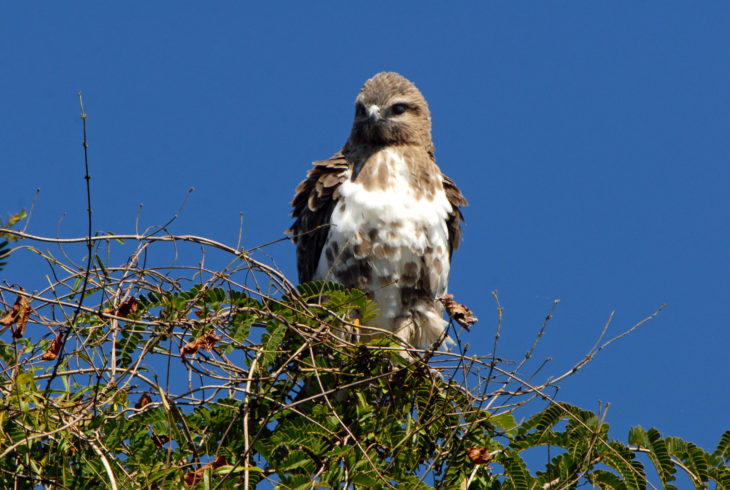
VISIT THE BEMARAHA NATIONAL PARK
The Tsingy was the first refuge for the inhabitants of the island and it is located 820km west of Antananarivo. The Tsingy offers one of the most spectacular landscapes in Madagascar. This is why it was the first UNESCO World Heritage Site, followed by the Bemaraha park. You will be able to admire these fabulous landscapes with sharp spikes.
An incredible natural reserve !
The Tsingy was classified as UNESCO World Heritage in 1990 and occupies a part of the limestone plateau of the same name that is a part of the Bemaraha National Park which was classified as UNESCO World Heritage in 1997. The Tsingy is one of the most spectacular landscapes of Madagascar with its network of rifts, crevasses, and limestome blocks that are carved in sharped blades.
Millions of years ago, this region was buried beneath the sea. Corals and shells were stacked and welded together to form a huge plate of 200m thick. The water gradually retreated, leaving the limestone in the open air, forming diaclases and canyons.
After that, the rain begain its long erosion work on the surface and in the depth. The “roof” of the Tsingy can reach very high temperatures while at the bottom of the canyon, the vegetation has difficulty tending towards the light to get vital photosynthesis. With its breathtaking landscapes, the Bemaraha National Park is the first place of visit in Madagascar. You won’t be disappointed.
AN INCREDIBLE NATURAL WEALTH !
The Bemaraha Reserve has a considerable number of endemic and diverse species. Nearly 400 animal speacies (mammals, birds, reptiles, amphibians) are listed in the park, and no less than 900 native plants of the island grow there.
Discover the tsingy
It is recommended to hire a guide when surveying the maze of these limestone cathedrals. Besides, it is obligatory to hire a guide when visiting the Tsingy of Bemaraha. Make sure you have good walking shoes and a comfortable outfit. Tours are organized and adapted according to the amount of time you want to spend and your whether you want to go far or close.
What activities are offered?
Two large rivers cross the park and those are ! The Tsiribihina and the Manambolo. When you are accompanied by your guide, you will travel in a pirogue through these rivers that border steep gorges that are the sharp points of the tsingy.
For the more sporty, you will have the opportunity to go trekking or bike riding through the plateau of Bemaraha. Vacuum lovers will also be able to opt for a session in the limestone wells and in the impressive underground cavities of the rock. If you wish to explore the underground galleries of the canyongs, caving tours are also available.
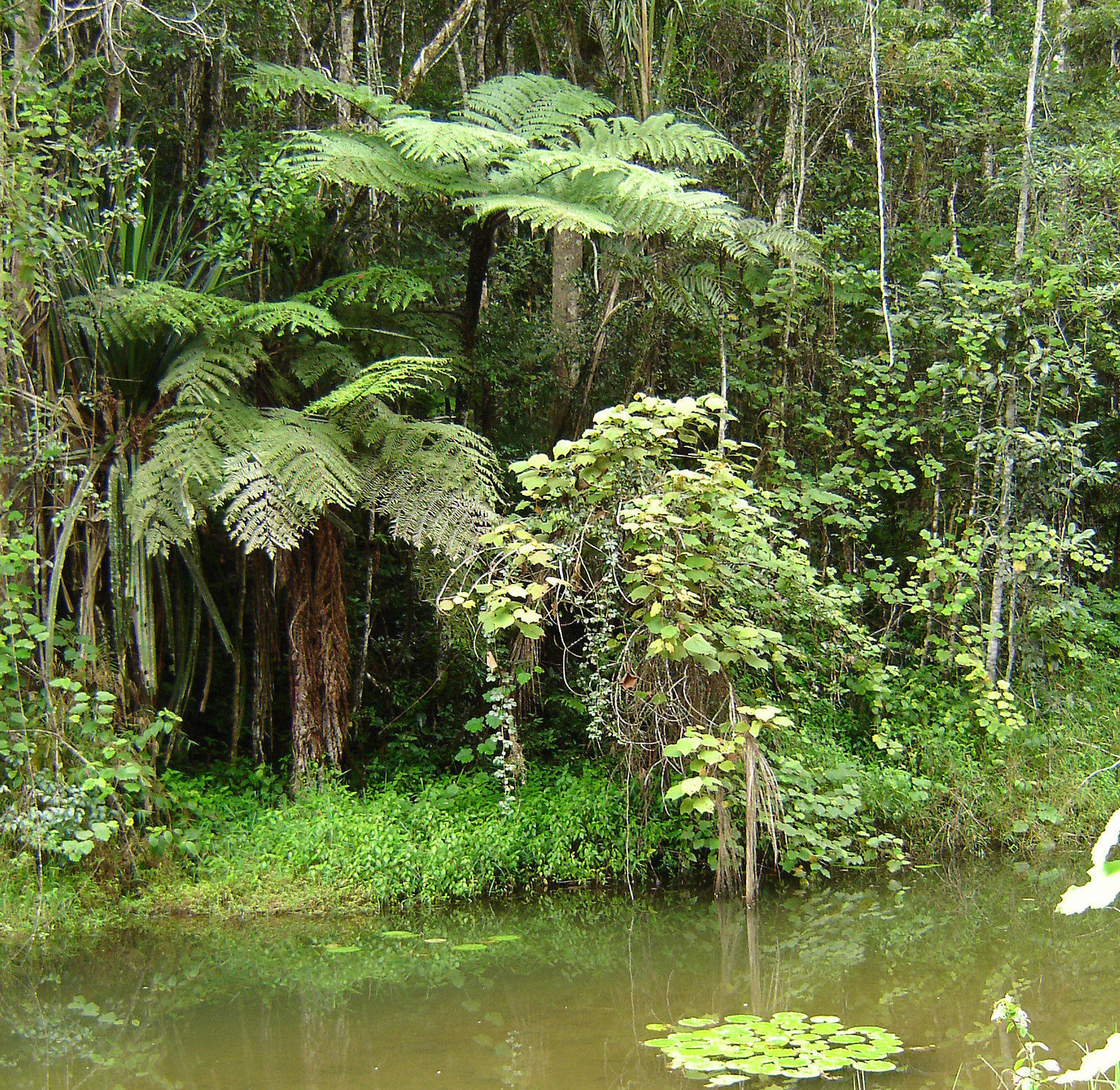
ANDASIBE-MANTADIA NATIONAL PARK
Andasibe-Mantadia National Park, only three hours away from Antananarivo, will delight the young and old alike. Get into the forest and discover the exceptional wild. There is a good chance that you will catch sight of some lemurs perched on the top of a tree, coming to greet you, both day and night.
A unique primary forest
The primary forest is formed by two distinct protected ares – the Analamazoatra special reserve and the Mantadia national park. The Andasibe-Mantadia National Park is only about three hours from the capital. Almost the whole park is formed by primary forest which has never been modified by human beings. It is also a refuge for many animals and plants. Thus, it is not uncommon to come across a multitude of species: lemurs, birds, chameleons, and insects of all kinds.
The climate of the park is quite cool, the average temperature is around 20°C and it rains almost all year. Plan to cover yourself if the weather is bad. You will find all types of accommodations (in the town of Andasibe) and in the vicinity of the park. However, it is also possible to camp in the reserve of Analamazoatra.
What can you do there ?
This park is perfect for watching endemic species of the island. Numerous activities are proposed, such as going on an observation excursion to meet great species of endemic birds. The sport lovers can also opt for a trek in the lush forest of the park. Don’t forget to go for a dive in the beautiful natural pool, with its fabulous waterfalls, or to go admire the sacred fall of the park, containing the secrets of the great cultural traditions of the island.
Go with family or friends
The park includes 5 different circuits. These circuits allow exploration of the forest through its gian ferns and its uncountable lianas. You will have the opportunity to see splendid natural pools and incredible waterfalls. This would also be an opportunity for you to discover a large variety of animals (on the ground and in the trees). Keep your eyes wide open!
The paradise of lemurs
The Andasibe-Mantadia National Park is known to shelter the biggest lemur of the world: the indri. It is very common to see a 31 inch tall indri come observe you from the top of a tree. If you take a morning hike, you will hear the singing of the indris through the forest, which will surely delight the whole family.
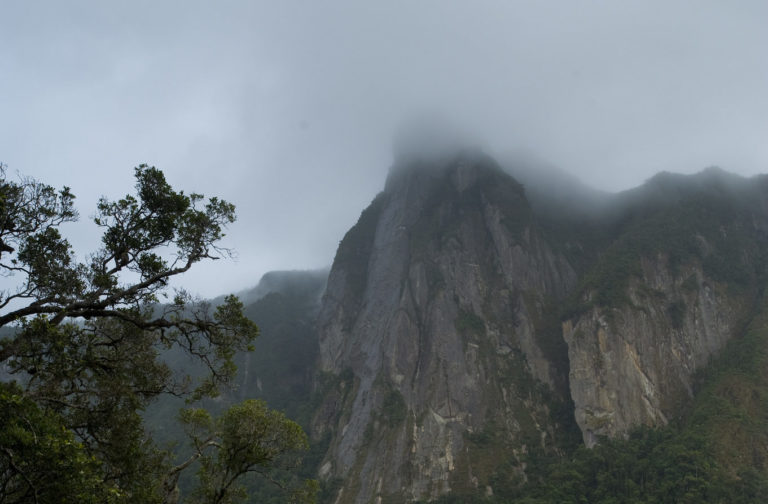
Marojejy National Park
You should go for a ride in the sublime park of Marojejy to see its misty massif. In an indescribable land of mystery and escape, you will be able to stroll through the depths of thick primary forests and watch this nature sanctuary and its amazing biodiversity closely.
A breathtaking landscape
The Marojejy National Park is located in northeast Madagascar between cities of Andapa and Sambava. This unique massif contains and enigmatic and mysterious atmosphere. It is often described as a wonder of nature, and you cannot ignore the excess of its scarps and its high cliffs, where there is impenetrable mist. Be prepared to climb, because Marojejy overflows with steep reliefs offering sublime landscape to the nature lovers.
You will discover rich biodiversity and incomparable fauna and flora awaits you there such as ferns, palms, birds, lemurs, amphibians, and reptiles of all kinds. The park is open all year long but the best times to go are from April to May and from September to December when rains are rare.
The Marojejy massif is recognized worldwide for its exceptional biodiversity. There are 4 different types of forests, with a multitude of ferns, palms, and flowers that will delight all the nature lovers. There are also many animals such as boophis or sanzinia. The park is full of colorful birds with endemic species such as the blue coua or siketribe, but also white-fronted lemurs. If you feel like it, you can admire an old fossil of the famous takthajania perrieri, a plan of the dinosaur period, discovered 120 million years ago.
What can you do ?
Sport enthusiasts will not be outdone. This park offers numerous camps to stay at. After pacing the meanders of the rainforest, you will only want one thing and that is to rest. The more adventurous will be able to cross the park more sportively during special activities such as treks or specialized hikes. Many providers will offer you customized trekking hours or hiking hours, where you will be able to admire the rich and colorful nature that the park offers.
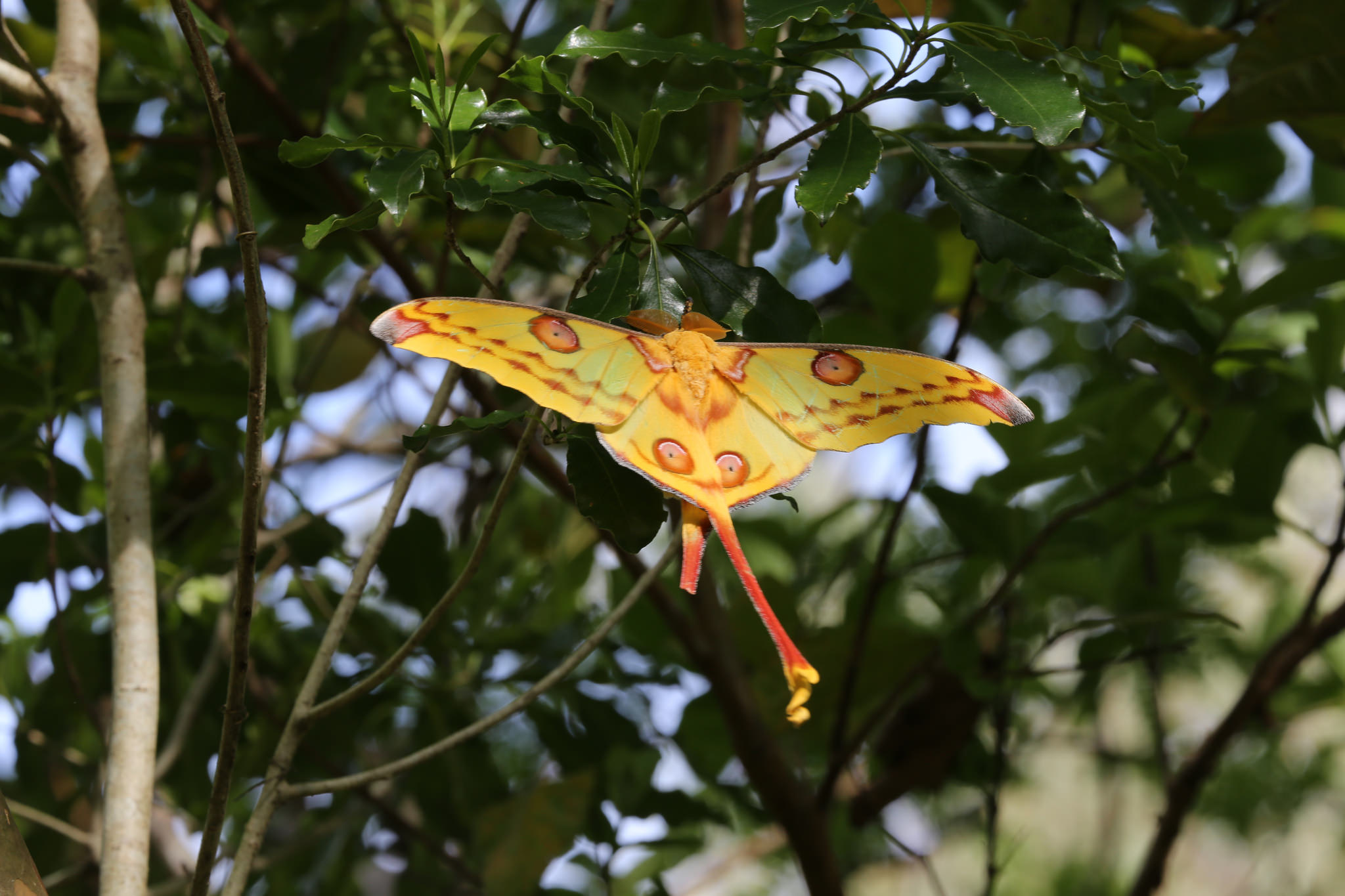
Ranomafana National Park
The Ranomafana National Park is located near the town of Fianarantsoa and covers nearly 41,600 ha of rainforest. Venture into the forest labyrinth and discover species you won’t see anywhere else on the island (including dangerous species).
An exceptional fauna and flora
Ranomafana National Park is a must-see when visiting the island. Indeed, it will make you discover an exceptional fauna composed of rare species, unfortunately endangered. If you like nature and animals, you won’t be disappointed: many birds, butterflies, bats and lemurs live in these forests. You will also find unique plant species that grow only in this park. Various medicinal plans but also a wide variety of orchids, and carnivorous plants that litter the soil and trees.
The park is surrounded by mountain ranges where it is possible to make incredible hikes, which will please the most sporty. When you leave the park, you will be face to face with a thermal pool and its baths near 38°C, renowned for its beneficial virtues. A small relaxation break after long hours of walkings. It is also recommended to provide impermeable clothes due to frequent rains, as well as anti-mosquito gels that will keep mosquitoes and leeches away.
26 SPECIES OF LEMURS
26 species of lemurs were recorded, including two species of great rarity (hapalemur with camus nose and golden hapalemur). You will also observe many birds, as well as rare species.
What species will you see ?
The forest of the Ranomafana park is sub-humid evergreen and has been classified as a UNESCO Wolrd Heritage Site by the Antsinanana forests, with an extremely rich and varied fauna and flora. The tree-filled stratum is composed of many plants: palm trees, ferns, bird’s nest or orchids, you will have so much to observe. In addition to the many plants that line the forest, you can see many endemic animals.
What can you do ?
This magnificient park offers a multitude of activities. You must go to the great thermal baths of Ranomafana where you can enjoy a swim in its warm waters. You can also visit the Kelilalina Botanical Garden, 12 km from the park where you can observe endemic species. For hiking or trekking lovers, many circuits are proposed. You won’t be disappointed.
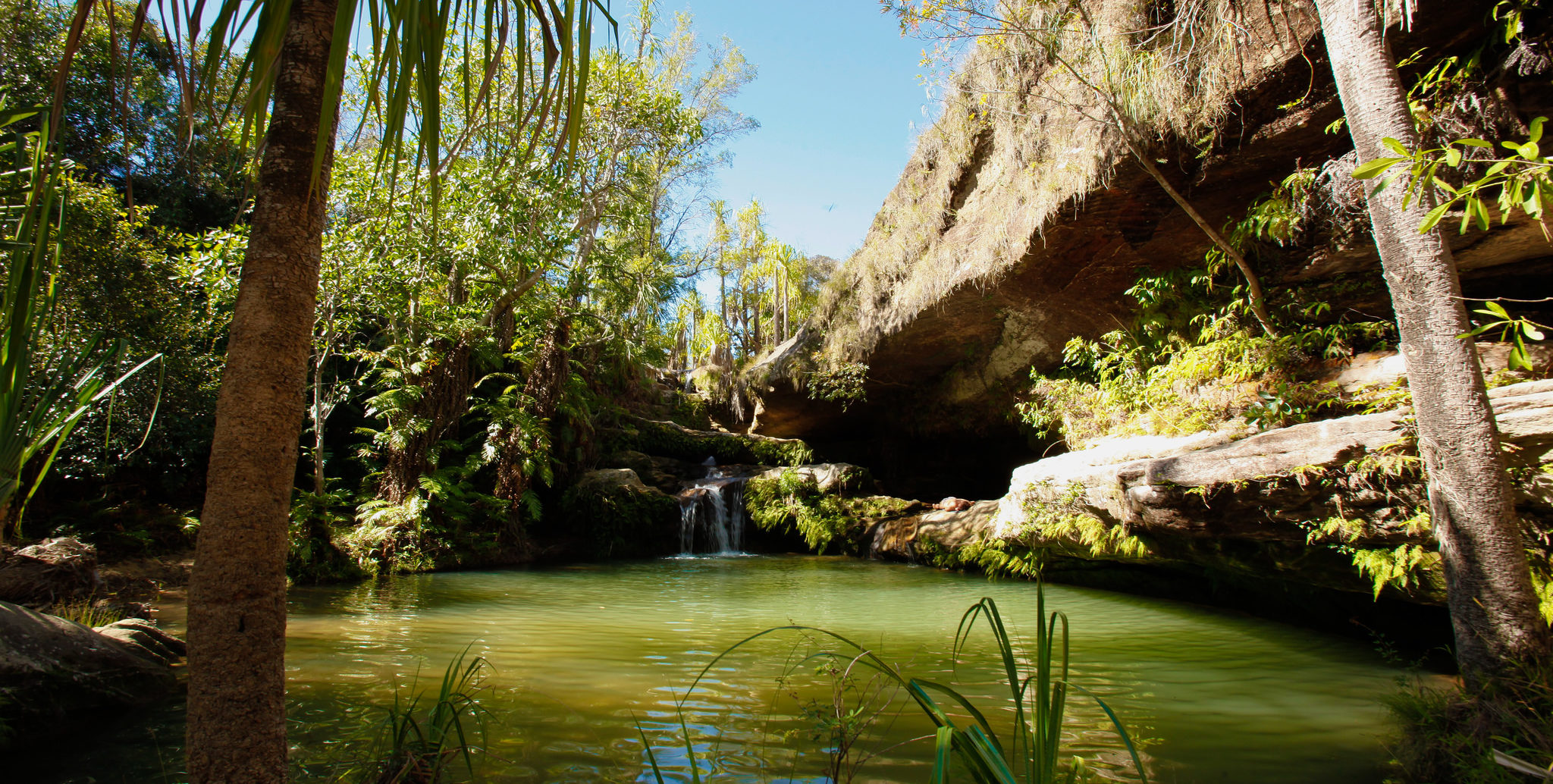
Isalo National Park
Isalo is in the heart of Madagascar, offering sumptuous landscapes. Between lush forests and high plateaus, arid to deserted lands, you will not be bored. It is one of the most beautiful parks in Madagascar, with many discovery circuits in it.
“Malagasy Colorado landscape”
The Isalo National Park is a natural rock massif giving a reminiscent great America West vibe. Stroll through this Jurassic setting;, alternating between deserted landscapes and verdant canyons.
You will roam in completely arid zones with various colors and shapes. When you enter in the forest, it is not unusual for a lemur or a harmless serpent to welcome you. You can roam on the rocks along the small streams, watch the Nymphs waterfall (which has carved the rock over time), or you can take a dip in the blue pool (a refreshing break during excursion). The black pool is also worth a visit, but you are recommended not to bathe in it because the water is frozen.
ISALO WINDOW
This boulder with the form of a window lets the sun pass, which is in its direct trajectory. Here you can observe one of the most beautiful sunsets of your life. That is an unforgettable memory.
What species live in these places?
The Isalo Park is a habitat to endemic rupicultural vegetation in its massive ruiniform from the Jurassic era. There are 116 medicinal species, and timber for furniture and handicrafts.
The forest is carpeted by the “tapia,” food of the landibe, a silkworm. You will also find a very specific fauna of the region but also many lemurs. The park has 77 species of birds, where 70 percent are endemic – such as the Benson Rockbill, which is only found in Isalo. You will also find many other animals such as rock reptiles, giant eels and crocodiles!
What to do in the Isalo Park ?
Numerous circuits are proposed in the Isalo Park, particulary those of the rat canyons and the monkey canyons. Let yourself be tempted by a small hike or a more sportive trek through the granite rocks. The tour of the Portuguese cave or the canyon of Namaza are both also available.
Some providers will offer mountain bikes to rent, to go down the slopes of Isalo and discover the incredible landscapes that the park has to offer you, in another way.



